Combating erosion using an inclusive EbA approach in Azerbaijan
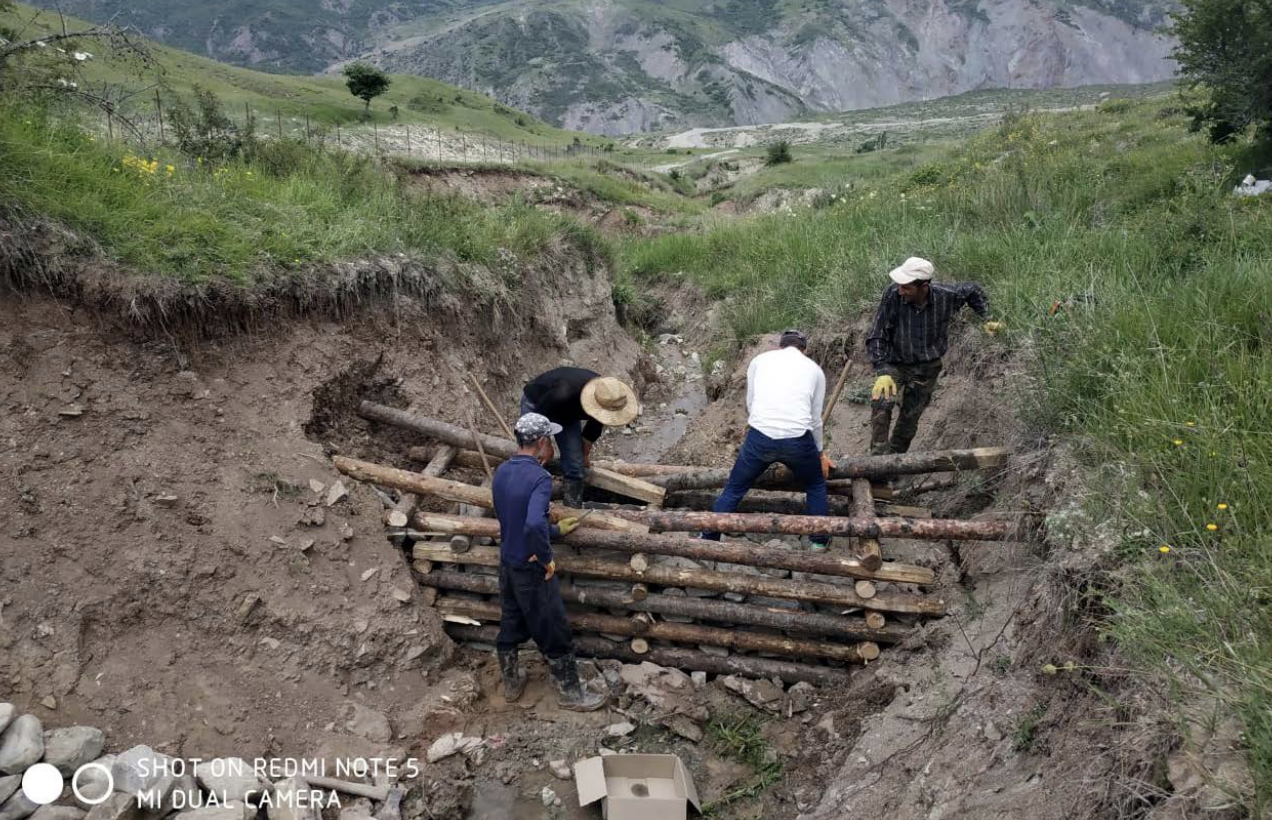
Summary
This project aimed to tackle the growing issue of soil erosion in a mountainous district of Azerbaijan; a problem which is being exacerbated by unsustainable land use and changing precipitation levels as a result of climate change. Participatory ecosystem-based approaches were at the centre of this solution, with community members applying bioengineering methods to both slow erosion and diversify income opportunities.
The village Ehen is situated in Azerbaijan’s Ismayili District, a mountainous district in the south-east of the Greater Caucasus. The village, like much of the district, is under pressure from accelerated erosion processes and unsustainable land use practices. Natural erosion has been one of the central geomorphological processes forming the mountain landscape in the Ismayili District throughout history, however soil erosion is expected to drastically worsen during this century. Data models have predicted an increase in soil loss rates in the district, with barelands and grasslands predicted to experience the most severe erosion. Changing precipitation patterns due to climate change is one of the factors further driving these changes.
Land degradation, caused by many years of unsustainable land use and poor land management, is also playing an important role in contributing to erosion. In particular livestock grazing is leading to decreased vegetation cover and heightened exposure to rainwater, including on steep mountain slopes. When water falls on degraded land, it tends to percolate the soil less and thus runs faster down the slope. This worsens the erosion process and eventually creates gullies. These gullies continue to deepen unless something is done to reduce or stop the flow of water.
Overview
- Location:
- Implementation sites:
-
- Single country
- Single location
- Mountain region:
-
Greater Caucasus
- Province:
-
- Ismayili District
- Site locations:
-
Ehen Village
- Solution scale:
- Ecosystem type(s):
- Solution type(s):
- Sector(s):
- Other climate impact(s) addressed:
-
- Climate-exacerbated erosion
- Climate impact time-scale(s):
- Main benefit associated with the solution:
- Co-benefit(s) associated with the solution implementation:
- Implementation timeline:
-
- 2015 - 2019
Solution details
Main beneficiaries & outcomes
The solutions were primarily developed using resources from the village only with active participation of the local population investing their time and labour. This had several advantages, including:
- The opportunity for on-the-job training for villagers, as well as increased ownership and the ability to carry out any repairs or modifications to the erosion control structures without external assistance.
- A further advantage was the minimal budget required. Villagers were compensated financially for their work and provided with material such as timber, meshwire fencing, water tanks and irrigation equipment.
- Rehabilitating vegetation on eroded sites where gullies already exist also helps protecting roads and other infrastructure as well as restores healthy soils and thus overall increases agricultural productivity, including for wild herbs.
- Villagers, especially women, benefit with increased earnings from collecting healing herbs and selling them in a local market nearby Ehen village.
- One local resident said the project “united the whole village and taught us how to act together and solve problems” (Mammadov Umudaga, Ehen)
Planning and implementation
To combat erosion in Ehen, participatory community-based erosion control solutions were implemented. Among the stakeholders involved were livestock farmers, shepherds, and smallholder farmers, with a particular focus on the participation of women. The solutions´ building blocks followed an inclusive EbA approach, including bioengineering methods to slow down the movement of water and reduce its eroding power (wooden check dams, tree planting) as well as providing community support to diversify income opportunities.
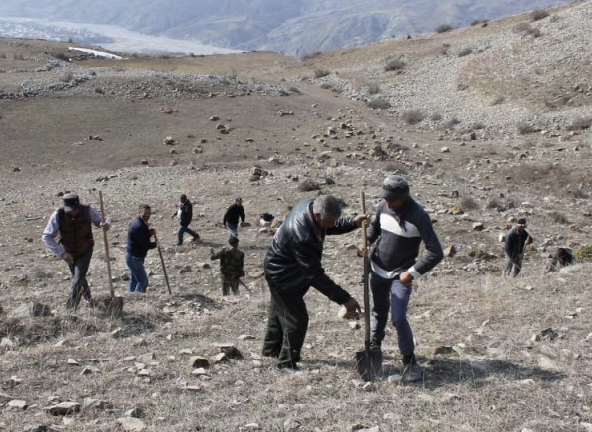
In total, nine degraded pastures and land areas with previous forest cover were selected by the village stakeholders together with the sustainable land management specialists. Four sites are located above the village, where there is a risk of increasing rockfall, erosion and flooding by surface water run-off, while the other five sites are located below the village, where the villagers aimed to restore their land to improve productivity.
Of the nine sites, two were selected to deal specifically with erosion gullies; one site above the village where there is a high risk of flooding into the village, and the other located below along the road, where there is a high risk of road damage if the gullies continue to deepen. On one site, a hazelnut plantation was established, which simultaneously prevented erosion, increased vegetation cover and provided an opportunity for income generation.
Establishing a tree nursery with local seeds has been gradually extended by the community with planting especially fruit trees. This growing orchard has proven effective to stop erosion by increasing vegetation cover on the slopes, while also diversifying income. The installation of a drip irrigation system in the orchard required a significant investment with external funding, however, it allowed the villages to efficiently water the orchard. The valley was once known for growing hazelnuts and walnuts, as well as medicinal plants and honey. Reviving some of these activities was prioritized, once again to offer varied income opportunities.
Finance
This 4 year project was implemented in the framework of the GIZ project “Integrated Biodiversity Management, South Caucasus” (2015-2019) with an annual budget of $100,000. The solution required a minimal budget due to it primarily relying on existing resources in the village. Villagers were compensated financially for their work.
Innovation
This project was innovating in that it centred around inclusive ecosystem-based adaptation. In other words, community members participated in not only the design of the ecosystem-based erosion controls, but their implementation, being financially compensated for their work. This helped increase local ownership of the solutions, enhance awareness of both ecosystem services and natural processes, and diversify community income; in turn fostering community resilience to future climate change scenarios.
Capacities for design and implementation
Knowledge
Local knowledge and traditional expertise played an important role in the design and implementation of this solution; with livestock farmers, shepherds and smallholder farmers all participating in the EbA measures.
Socio-cultural
This solution took a participatory approach in which local community stakeholders, alongside sustainable land management specialists, helped select the degraded land areas to be restored.
Outlook & Scalability
Potential for upscaling and replication
This EbA approach has great potential for replication in other mountain communities in Azerbaijan and across the region. Soil erosion is a problem for many mountainous areas, and the presented solution is relatively simple and affordable, requiring little external assistance. Again, local ownership, awareness of natural processes and ecosystem services, as well as providing income opportunities, are important aspects when designing this inclusive approach.

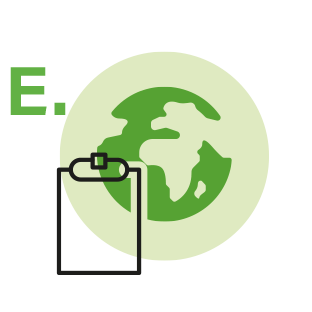
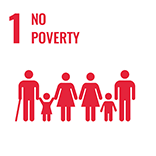
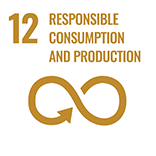

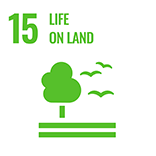
Comments
There is no content